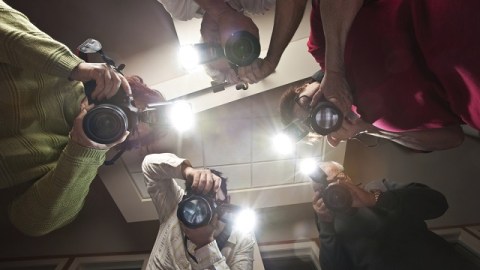New Camera Sensor Could Eliminate The Need For A Flash

What’s the Latest Development?
Scientists at Switzerland’s École Polytechnique Fédérale de Lausanne (EPFL) have created a prototype of an image sensor that, when built into a digital camera, could make that camera five times more sensitive to light. In low-light or night conditions, such a camera could take photos without the need for a flash, slower shutter speed, or other commonly used tricks of the trade. Specialized areas of astronomy and biology would especially benefit, says EPFL team leader Andras Kis: “”It would make it possible to take photographs using only starlight.” Details are included in an article recently published in Nature Nanotechnology.
What’s the Big Idea?
A typical image sensor’s surface is made of silicon that has been divided into millions of pixels. This version’s surface is made of molybdenite, a molybdenum-sulfur compound with “amazing” semiconducting properties, and comprises only a single pixel. However, it needs only a fraction of the light used by silicon-based sensors to generate the electric charge that is then used by the camera’s firmware for processing an image. Kis and his team have been experimenting with molybdenite since 2011, and they believe that this inexpensive, plentiful material could eventually replace silicon in many applications.
Photo Credit: Shutterstock.com





